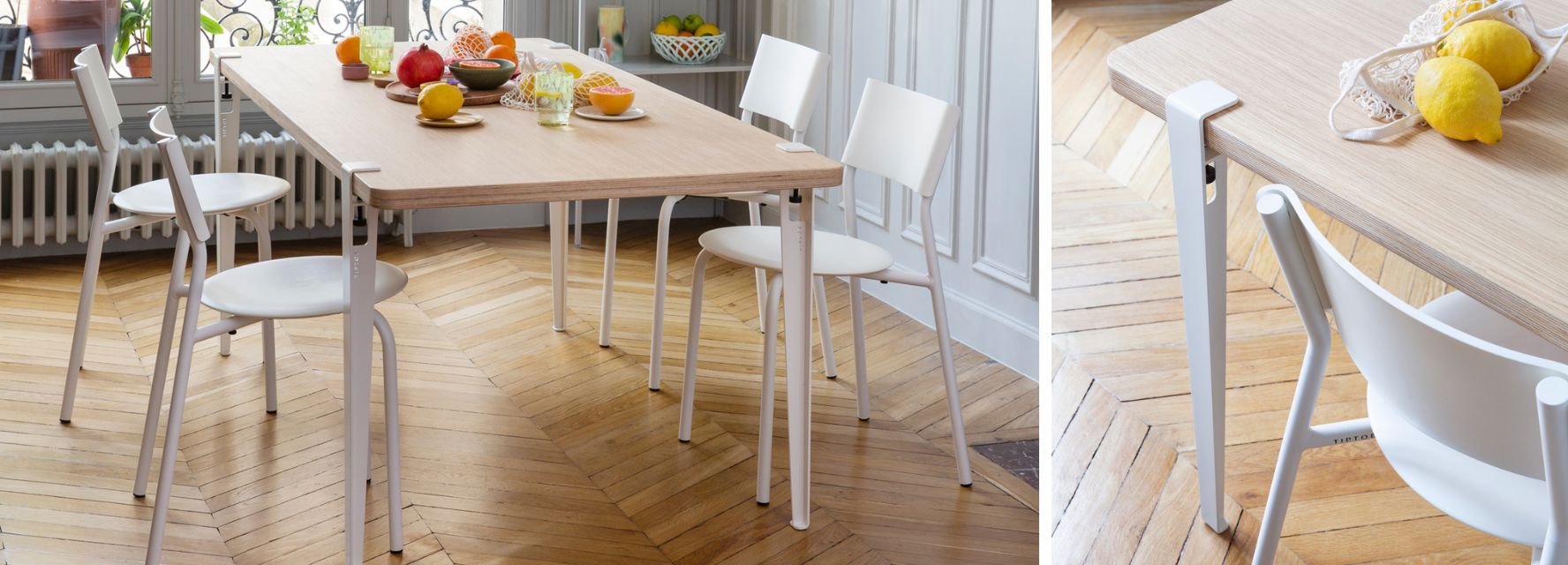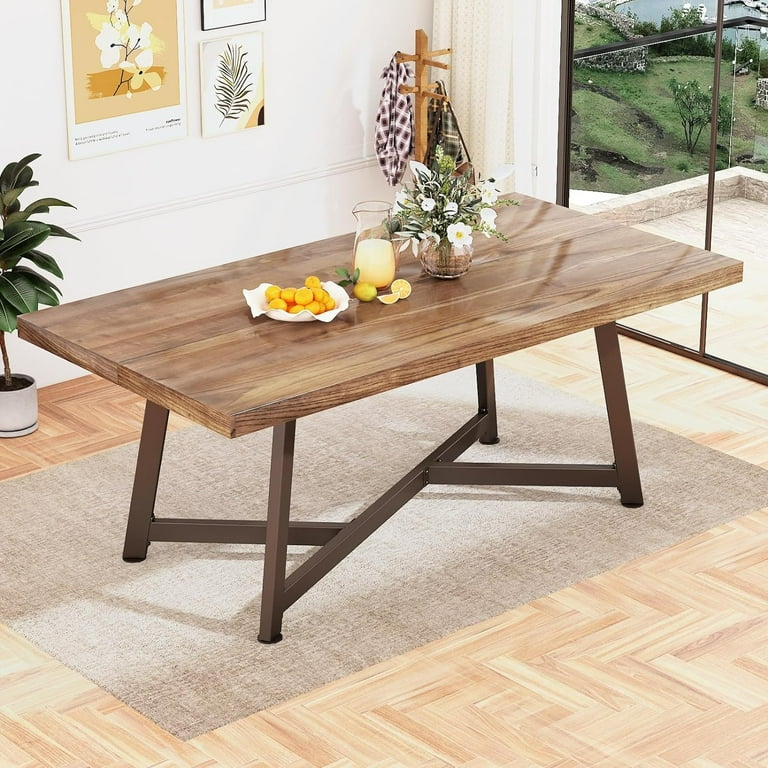From Traditional to Modern: Locate the Perfect Eating Room Table Legs for Your Style
While timeless layouts such as cabriole and turned legs stimulate a sense of classic sophistication, contemporary styles like hairpin and geometric choices offer a possibility for striking visual passion. As you consider these aspects, the concern continues to be: just how can you seamlessly integrate these diverse leg styles to develop a harmonious eating experience?
Recognizing Table Leg Styles
The selection of dining-room table leg designs can considerably affect both the visual appeals and functionality of the area. Each leg design adds special aesthetic components and practical attributes, satisfying diverse style preferences and use needs. Recognizing these styles is vital for choosing the right table that straightens with your overall indoor style vision.
As an example, tapered legs offer a tidy, classic appearance that can enhance an area's beauty, while stand bases offer security and maximize legroom, making them excellent for smaller spaces. Barrette legs, a characteristic of mid-century contemporary layout, present an industrial panache, enabling an airy, open feeling. Trestle legs evoke rustic beauty, providing durable assistance and a sense of eternity.
Wood legs can bring heat and texture, whereas steel alternatives commonly convey a streamlined, contemporary ambiance. Inevitably, comprehending table leg designs is crucial for creating a natural eating location that mirrors personal style while making sure practicality and comfort.
Conventional Table Leg Options
When selecting eating space table legs, typical choices often symbolize timeless sophistication and craftsmanship. These styles reflect a rich heritage and a commitment to top quality, making them suitable for those who value traditional aesthetics.
One of the most famous standard leg styles is the cabriole leg, identified by its stylish curved form. This style commonly includes ornamental makings and is most generally found in Queen Anne and Chippendale furnishings. One more preferred choice is the turned leg, which flaunts a collection of smooth, rounded forms that provide a timeless look while maintaining stability.
Additionally, the straight leg, while straightforward, uses a tough and basic structure that can mix flawlessly with a variety of tabletop styles. For those attracted to ornate describing, claw-and-ball feet legs evoke a sense of majesty and can serve as a spectacular prime focus in any type of eating room.
Finally, stand bases, although not strictly legs, give an alternate conventional choice that permits adequate legroom and can be wonderfully carved. Each of these standard leg styles adds to the total atmosphere of a dining-room, weding feature with visual charm.

Modern Table Leg Designs
Modern table leg designs supply a diverse variety of styles that emphasize innovative products and clean lines. These layouts often focus on performance while acting as striking focal points within a dining room. Minimalist appearances are prevalent, with legs crafted from materials such as steel, glass, and engineered timber, which contribute to a contemporary and airy feeling.
One preferred layout is the hairpin leg, identified by its slim, tapered structure that gives security without frustrating the tabletop (dining room table legs). This design is often found in mid-century modern-day furnishings and can easily match various table forms. Another fad is making use of geometric shapes, where legs might tackle angular or asymmetrical forms, including visual passion and a touch of artistry

Mixing Styles for Unique Areas
Usually, homeowners seek to produce distinct eating spaces that reflect their individual style by blending various design aspects. This method enables for the incorporation of diverse looks, resulting in an unified yet unique atmosphere. Matching a rustic wooden table with streamlined, contemporary metal legs can produce a distinctive contrast that elevates the area's total appeal.
In addition, integrating vintage table legs with modern table tops can evoke a feeling of background while maintaining a modern perceptiveness. Such combinations not only showcase private preference but also motivate creativity, permitting home owners to curate a room that really feels both individual and inviting.
Color plays a crucial function in this blending procedure; selecting table legs that complement or contrast with the existing color design can improve aesthetic rate of interest. Whitewashed legs can soften the boldness of a dark table surface, developing a well balanced aesthetic.
Tips for Choosing the Right Legs
Selecting the right table legs is important you could try these out for attaining both performance and visual allure in your eating room. Begin by taking into consideration the total style of your area. Traditional settings gain from legs that include intricate makings or transformed layouts, while modern spaces may require sleek, minimalist styles.
Following, analyze the elevation and stability of the legs. dining room table legs. Common table range between 28 to 30 inches in height, so make sure the legs match this measurement for convenience. Furthermore, durable materials, such as wood or steel, can improve stability and long life
Review the leg form also-- options include right, tapered, or stand styles. Straight legs supply a classic appearance, while conical legs can add a touch of beauty. Pedestal bases offer adequate legroom and are suitable for smaller sized spaces.
Conclusion
In recap, choosing the suitable dining space table legs requires careful consideration of both traditional and modern styles. By integrating leg style, height, and material with the total decor, a natural and inviting atmosphere can be accomplished.
The selection of eating room table leg styles can significantly affect both the appearances and functionality of the space. Ultimately, comprehending table leg styles is important for producing a cohesive dining area that shows individual design while ensuring usefulness and comfort.One of the most famous standard leg designs is the cabriole leg, find out here identified by its stylish bent form. Straight legs use a traditional appearance, while conical legs can include a touch of style.In recap, picking the perfect dining room table legs requires mindful factor to consider of both contemporary and conventional styles.